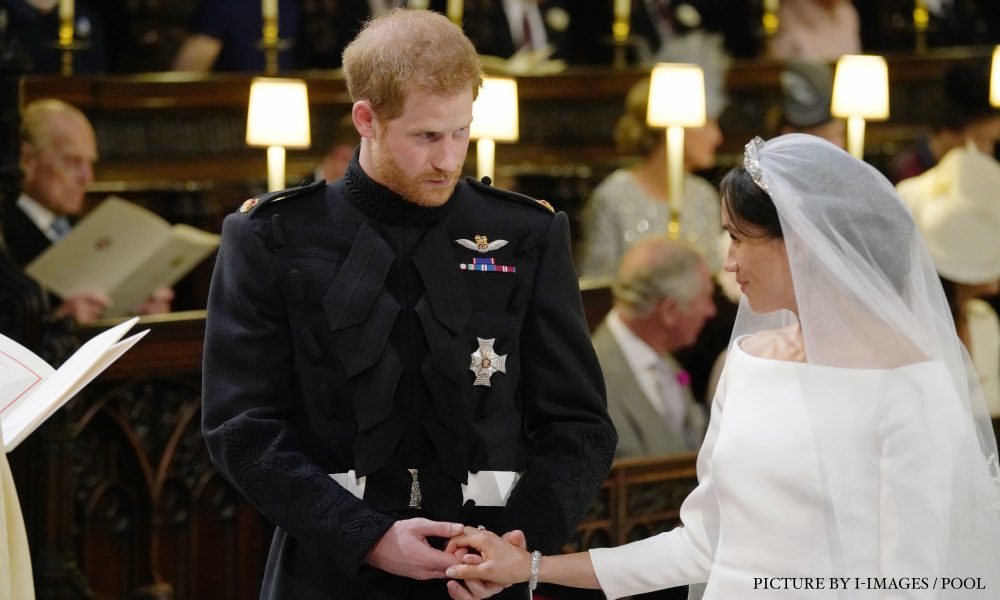
Dukedoms have been bestowed on royal males for hundreds of years, and each title carries with it a history of some description. The most recent dukedom to be bestowed by HM Queen Elizabeth was that of the Duke of Sussex – a title given to Prince Harry on the occasion of his marriage to Meghan Markle, in May 2018. Prince Harry is only the second royal male to hold the title, and Meghan is the first royal female to be known as HRH Duchess of Sussex.
A royal dukedom is the highest title in the British peerage system and holders must be of royal blood and a legitimate son or male-line grandson of a British monarch. The titles are usually bestowed on the occasion of marriage, and can be inherited by male descendants but are not considered royal once the title has passed beyond the grandson of a monarch. If there are no male descendants to whom a title can pass, the title becomes extinct, and currently there are several dukedoms to which this has happened. A dukedom can be reinstated by the reigning monarch, as shown by the re-introduction of the dukedom of Sussex in 2018.
The title of Duke of Sussex was first bestowed upon Prince Augustus Frederick, who was the sixth son, and ninth child, of King George III and Queen Charlotte and who was born at Buckingham Palace in January 1773. The prince was a favourite uncle of Queen Victoria and gave her away to be married at her wedding to Prince Albert. The Prince married twice; his first marriage was to Lady Augusta Murray in 1793 – they wed secretly in Rome and then again in London without, however, revealing their true identities.
The Prince’s father, King George, had no knowledge of the union and thus had not consented, meaning that the marriage contravened the Royal Marriages Act 1772 and was annulled by the Court of Arches in 1794. The Prince and Lady Augusta had two children, a son and a daughter, Augustus Frederick and Augusta Emma. In 1801, Prince Augustus became the Duke of Sussex, the same year that the couple parted. Lady Augusta began using the surname ‘de Ameland’ in 1806 after being given a royal licence to do so.
Lady Augusta died in 1830 and a year later, the Duke of Sussex married again. His second marriage, to Lady Cecilia Gore, was also considered to be void and again in contravention of the Royal Marriages Act. Therefore, Lady Cecilia could not lawfully use the title HRH Duchess of Sussex and instead used the surname ‘Underwood’, which was Lady Cecilia’s mother’s maiden name. Lady Cecilia was not recognised as a full member of the royal family due to her perceived lower status but in 1840, Queen Victoria created the title of Duchess of Inverness, for Lady Cecilia to use in her own right.
As both the Duke’s marriages were deemed to be void, his children were not considered legitimate heirs and the title of ‘Duke of Sussex’ could not be inherited after the Duke died in Kensington Palace in 1843 at the age of 70, thus making the dukedom extinct.
The dukedom was considered for both Prince Edward, prior to his marriage to Sophie Rhys Jones in 1999 and for Prince William, before his wedding to Catherine Middleton in 2011; however, both princes received alternative titles (the Earl of Wessex and the Duke of Cambridge, respectively). The dukedom was reinstated by Queen Elizabeth and bestowed upon Prince Harry in May 2018, on the occasion of his marriage to Meghan Markle. As only male heirs can inherit a dukedom, if the Duke and Duchess do not have a son, the title, currently, cannot be inherited by any daughters of the couple.

